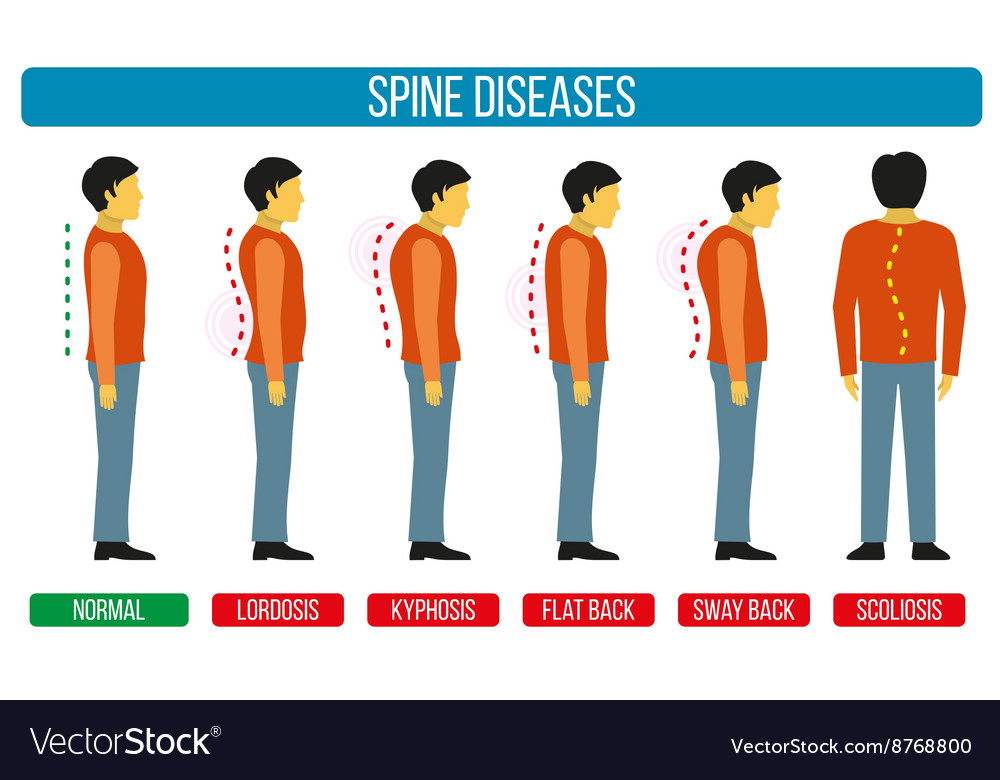Steps To Style An Ergonomic Work Area That Minimizes Neck Discomfort: A Comprehensive Guide
Steps To Style An Ergonomic Work Area That Minimizes Neck Discomfort: A Comprehensive Guide
Blog Article
Authored By- visit this page
To prevent neck discomfort at your workstation, guaranteeing your setup is ergonomically sound is vital. Imagine an office where each element is tailored to sustain your body's placement and lower pressure. By complying with related webpage , you can transform your desk location into a sanctuary of convenience and efficiency. But how specifically can you accomplish this unified equilibrium between job and wellness? Let's check out the necessary suggestions to create an ergonomic work space that will maintain neck pain at bay.
Assess Your Existing Configuration
Wondering if your current office is contributing to your neck pain? Take a moment to assess your setup. Begin by checking out your computer system screen. Is it at eye degree, or do you find yourself regularly seeking out or down? Change the screen to make sure that your look is naturally in accordance with the top of the display.
Next, consider your chair. Are you slumping over or stooping over while you work? Your chair must sustain your lower back and advertise great stance. Adjust the height to ensure that your feet are level on the flooring and your knees are at a 90-degree angle.
Pay attention to the setting of your keyboard and computer mouse. Are they within simple reach, or are you regularly reaching and stressing your arms and shoulders? Maintain these tools close to your body to reduce unnecessary activities.
Last but not least, consider your lighting. Is it as well intense or too dim? Correct lighting can decrease eye stress and minimize stress in your neck. Make these little adjustments to produce a much more ergonomic work space and help alleviate your neck discomfort.
Change Your Chair and Desk
To develop a much more ergonomic workspace and reduce neck pain, ensuring correct modification of your chair and workdesk is essential. Beginning by adjusting your chair so that your feet remainder flat on the floor, knees go to a 90-degree angle, and your lower back is supported by the chair's back support. Your workdesk must go to joint elevation to preserve proper arm setting and lower strain on your neck and shoulders. Ensure there's enough room under the desk for your legs to relocate pleasantly.
When readjusting your desk height, guarantee your wrists continue to be straight while inputting and making use of the computer mouse. Your screen ought to go to eye level, about an arm's size away, to avoid you from stressing your neck by overlooking or up. Maintain your key-board and mouse close to avoid overreaching, which can cause shoulder and neck pain.
Bear in mind to take breaks and stretch regularly to avoid rigidity and promote circulation. By effectively changing your chair and workdesk, you can produce a work area that sustains excellent pose and lowers the threat of neck discomfort.
Position Your Screen and Key-board
For optimal functional designs and to relieve neck pressure, proper positioning of your display and key-board is important in your workspace configuration. Begin by positioning your screen directly in front of you at arm's length away, guaranteeing the top of the screen is at or slightly listed below eye degree. This helps in reducing stress on your neck by maintaining it in a neutral position.
Setting the keyboard so that your joints are bent at a 90-degree angle and your wrists are straight while keying. Your keyboard needs to be positioned at a height that permits your shoulders to remain unwinded and your arms to be parallel to the flooring. Furthermore, see to it the mouse is placed next to your key-board at the exact same level to stay clear of reaching or turning.
Keep in mind to take short breaks to extend and readjust your position throughout the day, maintaining excellent positioning and stopping neck discomfort. A well-organized work space with effectively positioned screen and key-board can significantly influence your convenience and efficiency.
Conclusion
In conclusion, by adhering to these simple actions to develop an ergonomic office, you can substantially decrease neck discomfort and discomfort. Keep in mind to assess your current arrangement, readjust your chair and workdesk, and position your display and key-board effectively. By taking these proactive measures, you can improve your overall comfort and productivity while functioning.
